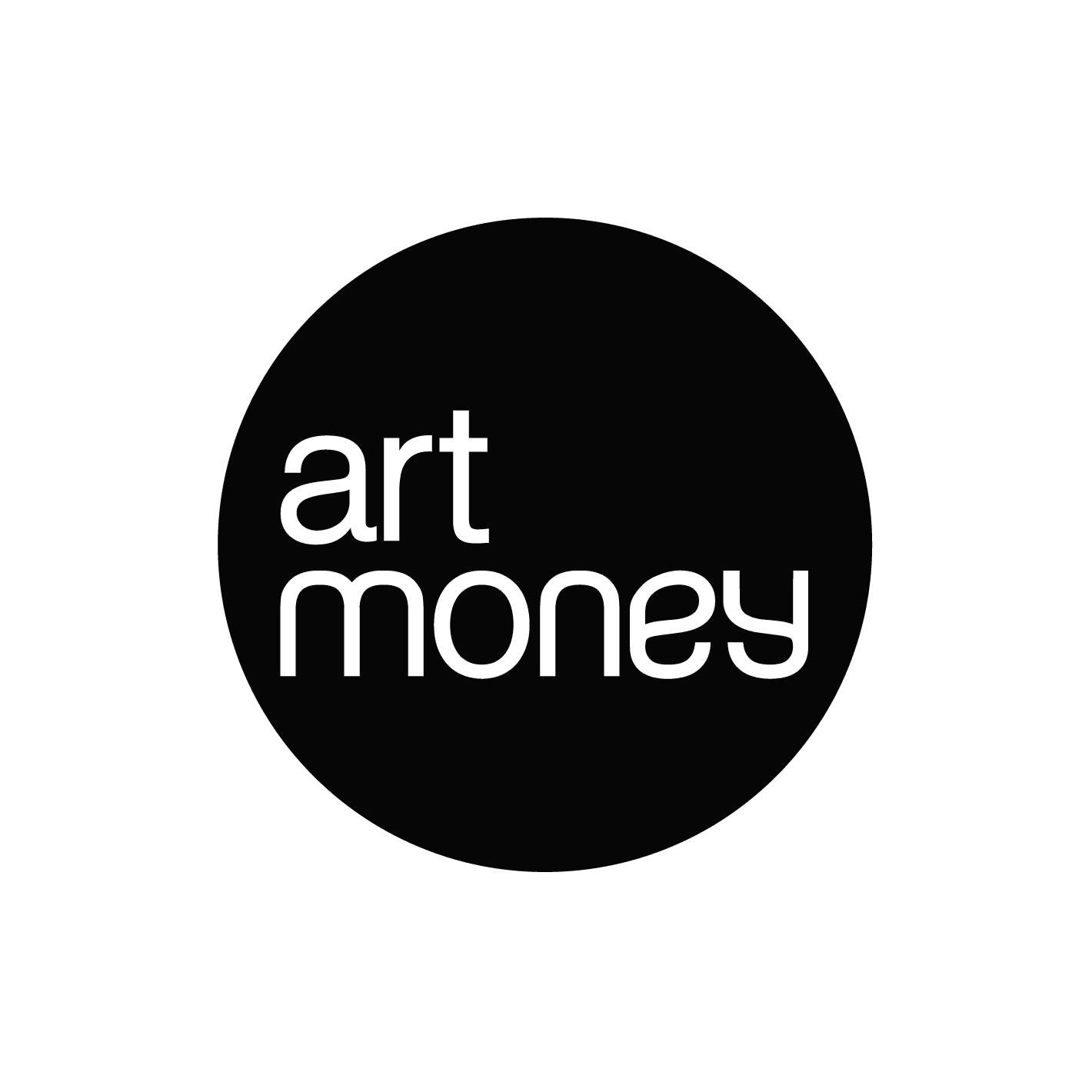Contemporary artist Chris Burns’s work exists somewhere between painting, drawing, and printmaking embodied in a poetic expression of the life of the artist who exists “outside of everything.” In some instances, Burns’ work reminds one of the figural imagery of Francis Bacon, particularly in the areas of abstract swathes of paint that evoke a sense of ghostly erasure. And yet, much of Burns’ work has a spareness and minimalist approach to colour. This style is unexpectedly juxtaposed with a painterly attention to impasto surface and a calligraphic inscription of space.
Burns’s practice includes etchings and he often works in oil, ink, charcoal chalk and graphite, as well. His mixed media paintings are a network of texture, impasto and painterly inscription. Of this formal style one is reminded of the work of Jean Dubuffet and Chaim Soutine particularly in the haptic treatment of surface. However, Burns notes that his relationship to these modernist canons and or traditions is symbiotic. As the artist explains, such art historic legacies and histories are “not obsolete” within contemporary practice, but rather transformed through new interpretations and experiments. In this way, Burns’s work is connected to the practice of Dubuffet most closely in the sense that he shares with the modern master a commitment to innovation realised through unconventional or experimental studio practice. One such example is Burns’s ‘A Rakes Progress’: a series of paintings and etchings that serve as “a deconstruction of William Hogarth’s. To create these images the artist began with Hogarth engravings and “took them through them through a process of editing and reconstruction and the re-etching of over seventy copper plates.”
If Burns’s work is in part autobiographic, it is this story of making art that it is at the centre of the artistic narrative. Within this visual world, we see traces of the beginnings of ideas, the moment of painting in the artist’s brushstroke or the unveiling of surface through reduction, resulting in a tactile surface that has, at the same time, a powerful graphic sensibility.
Burns emphasizes the importance of artistic exploration “It is the process of painting which draws out something far more ambiguous and complex…“I think of my work as deeply autobiographical, yet I never start with myself or autobiography, it’s only sometime later I recognise this.”
Through these experimental approaches, and an enduring commitment to the process of creating, Burns has constructed his own genre of picture making. In pictures of obscured and reworked scenes and portraits, an unsettling beauty permeates an impressive oeuvre of both graphic and painterly imagery. This new tableau of portraits possesses a quality of spectral memory, paired with a voluptuous handling of paint and colour, and inscribed moments of art history.
Rosa JH Berland

